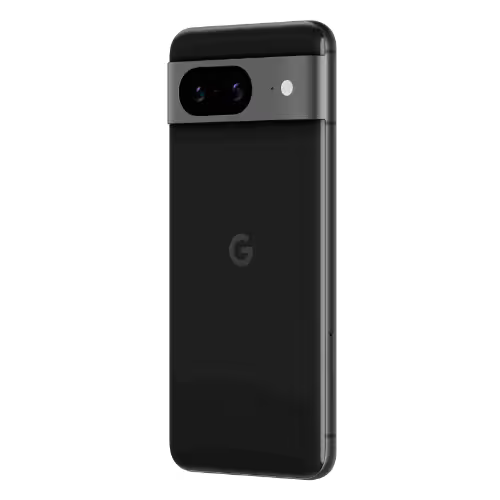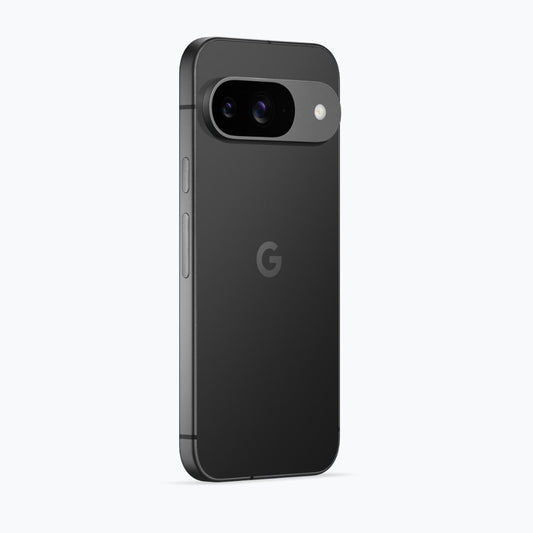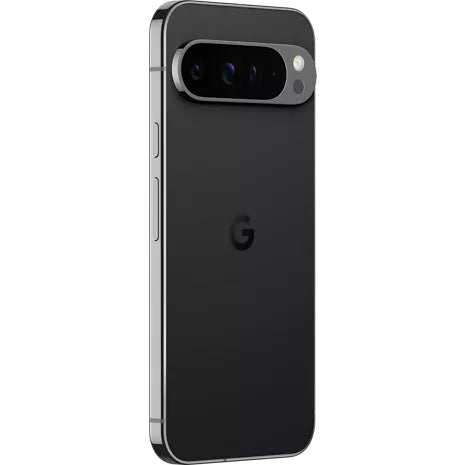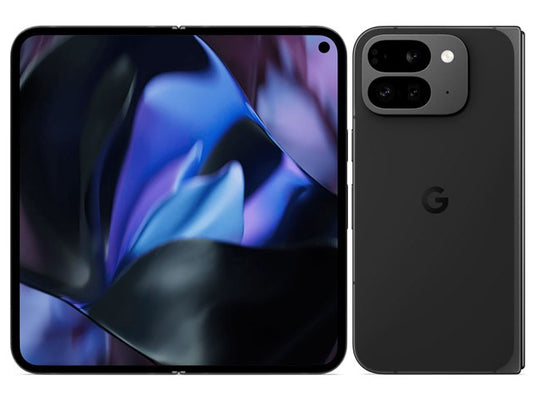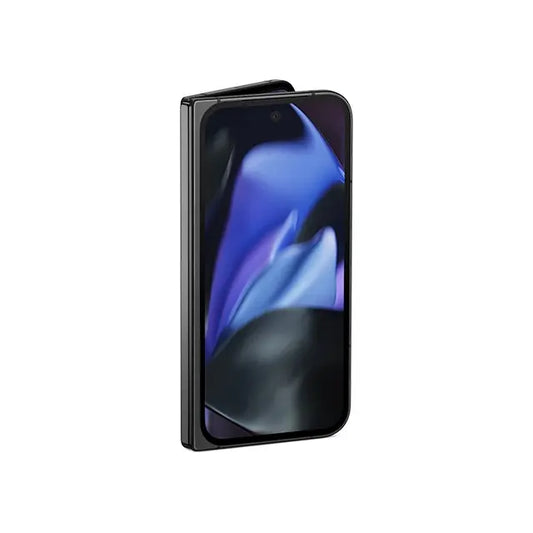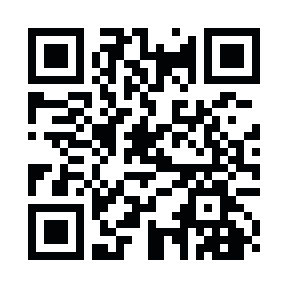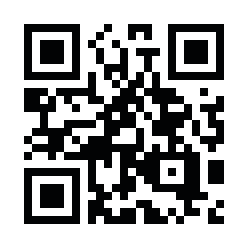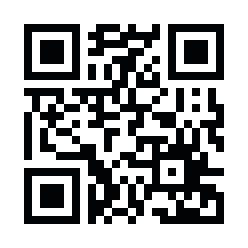
Whose are the backchannel responses during a call? The fear of fake calls created by AI
Is there really any guarantee that the person you are talking to on the phone right now is human?
Recent AI voice synthesis technology can create a voice that sounds just like the person from only a few dozen seconds of voice samples.
Moreover, it can reproduce not only reading text but also natural interjections like breathing and "uh-huh," "ah, I see."
This technology certainly has convenient uses.
It has produced wonderful results in medicine and entertainment, such as enabling people who have lost their voice to speak again with their own voice.
However, behind the scenes, scammers have begun to misuse this advancement.
The typical method is "impersonation call fraud."
First, they collect the target's voice from SNS, videos, streaming archives, etc.
Then they train AI to learn the voice characteristics and generate a very similar "fake voice."
They impersonate family or acquaintances and pressure the victim with phrases like "I urgently need money" or "Tell me the login code."
With traditional scams, you might have noticed differences in voice tone, but AI fake voices are almost at the same level as the real person.
Moreover, because they insert timely interjections and laughter during the conversation, the sense of discomfort is extremely low.
Even more frightening is the "fully automated call," where AI generates the content of the conversation.
Even if the scammer is not on the phone, AI responds in real time according to the situation.
If you ask, "Huh, what do you mean by that?" it will respond vaguely like a conversation, "Ah, well, basically..."
We have entered an era where scams proceed without a script.
So, how can you detect this "fake call"?
One method is to ask questions only the other person would know.
For example, if it’s family, "Do you remember the name of the store we went to together the other day?"
AI is weak with information or memories not on the internet and tends to give vague answers.
Another is to listen carefully to the details of the voice.
Even with high accuracy, AI voices sometimes have extremely uniform voice quality or unnaturally short silent parts.
Also, if the call is over the internet, be aware of delays and compression-specific noise in the audio data.
If you are an AntiSpyPhone user, your defensive options expand further.
You can finely manage the permissions of call apps, preventing suspicious apps from making calls or recording without permission.
AI-generated fake calls will become increasingly sophisticated from now on.
It may become almost impossible to distinguish between a family member’s voice and AI voice in a few years.
However, if we are aware that "voice is not necessarily proof of the person," the chances of being deceived will greatly decrease.
Next time you get a call, try doubting just a little whose "uh-huh" voice it really is.
That might be the first step to telling the real from the fake.

